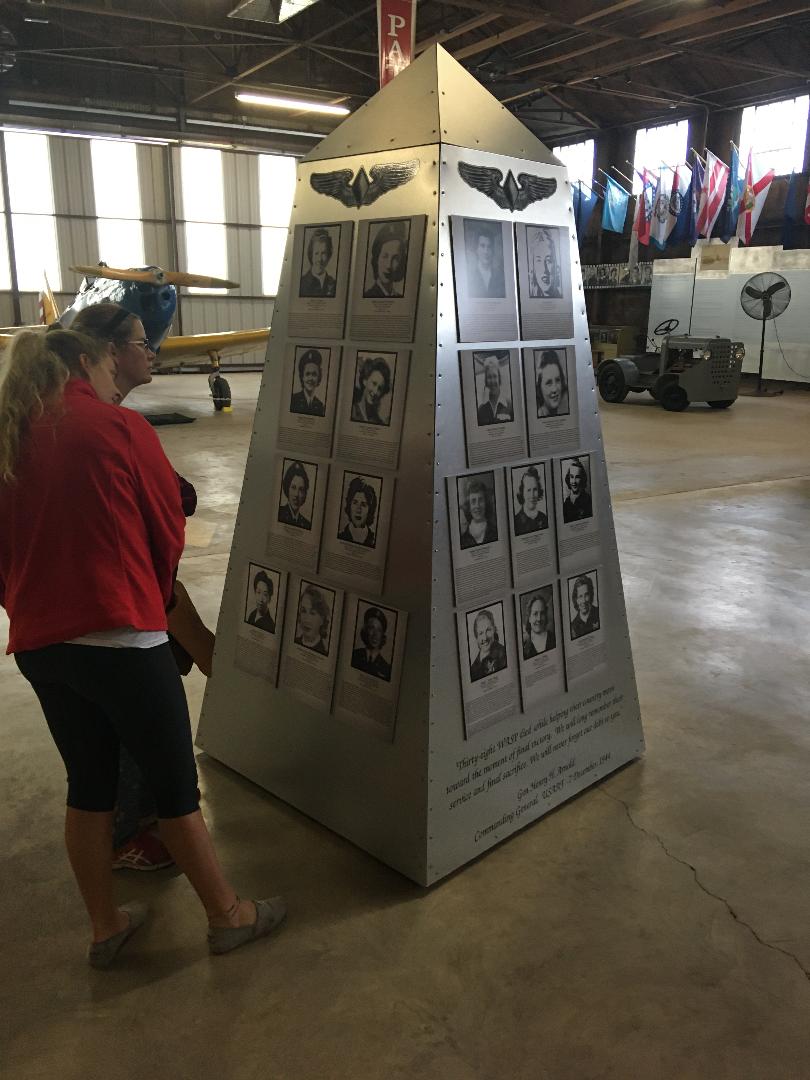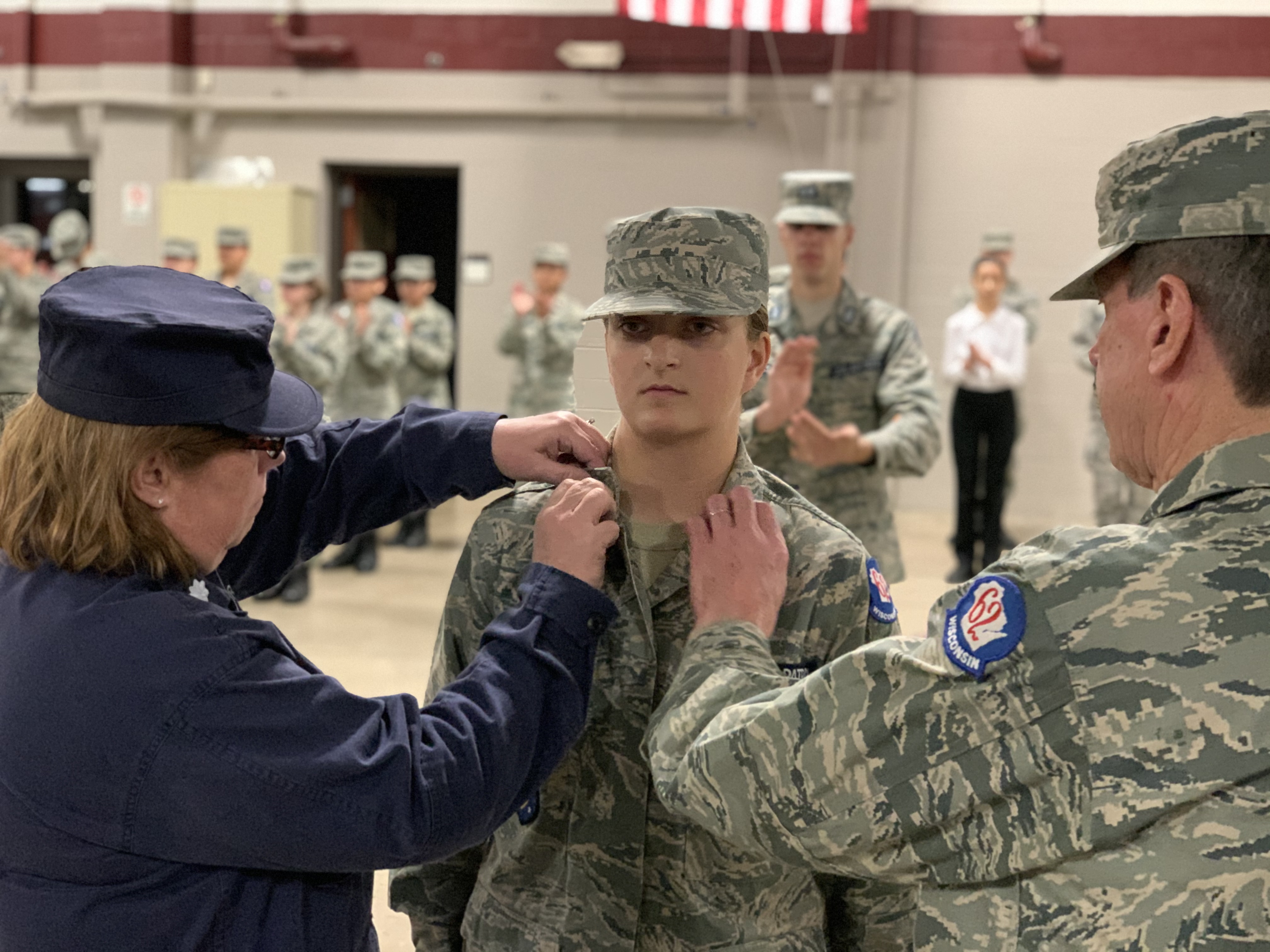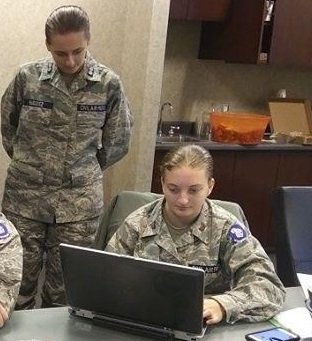
Credit: Skibicki, K
For downloadable/printable PDF, scroll to the bottom of the page.
The WASPs broke a gender barrier in the military by being the first women to fly American military aircraft. These women worked extremely hard for the short time they were active. Many leaders in and out of the military had mixed feelings about women serving. After the WASP program ended, many people forgot they even existed, but over three decades later their work was recognized, and their story influenced different women in the military. Today around 200,000 women are active in the U.S. military and breaking barriers every day along the way.

Credit: Correa, J. Sr., CAP
After I chose my topic, I saw the volume of information available and necessary to tell the whole story. I decided to use a website for my project because I felt it could include the most information. Along with the amount of information I could add, I also thought it would be a great challenge. During the fall I joined "Cyber Patriot," which is a cybersecurity competition. With what I learned from that, I thought it would be fun to try a more technical project. Finally, when I was researching my topic, I found that most websites about the WASP program weren't as developed as they could be. That inspired me and pushed me to start my website.

Credit: Correa, J. Sr., CAP

Credit: Skibicki, K
There were many steps in my research process. First I found a good book on the topic: Vera Williams' WASPs: Women Airforce Service Pilots of World War II. That led me to research the background of the WASPs, WWII, the Great Depression, and women's rights. From there I began looking for images to support the WASP story. For winter break my family went to the WASP Museum in Sweetwater, Texas as a family trip. There I learned a lot about how the WASPs started, and where they are now in the world. After I found over 30 images, I searched more information about the WASPs, especially primary documents written by the women and founders themselves. For this, the staff at the WASP Museum in Texas were invaluable help, as were the staff at the newly opened WASP exhibit at the EAA Museum in Oshkosh, WI. At this point I also found information on how they affect the world today, including the story of one of my CAP Cadet leaders whose path to the US Air Force Academy was possible because of the work of the WASPs three quarters of a century before.

Credit: Skibicki, A.
Downloadable/Printable PDF Version